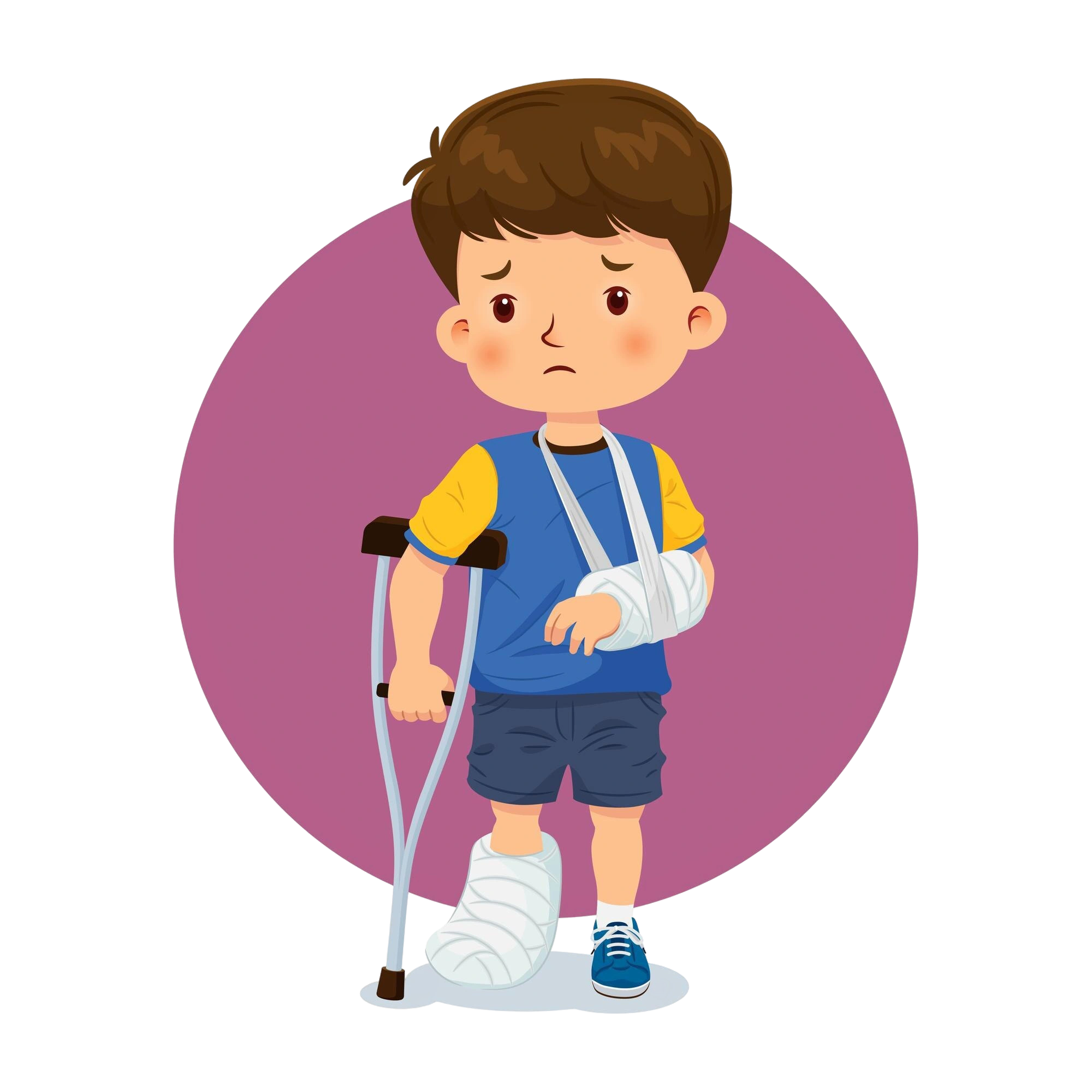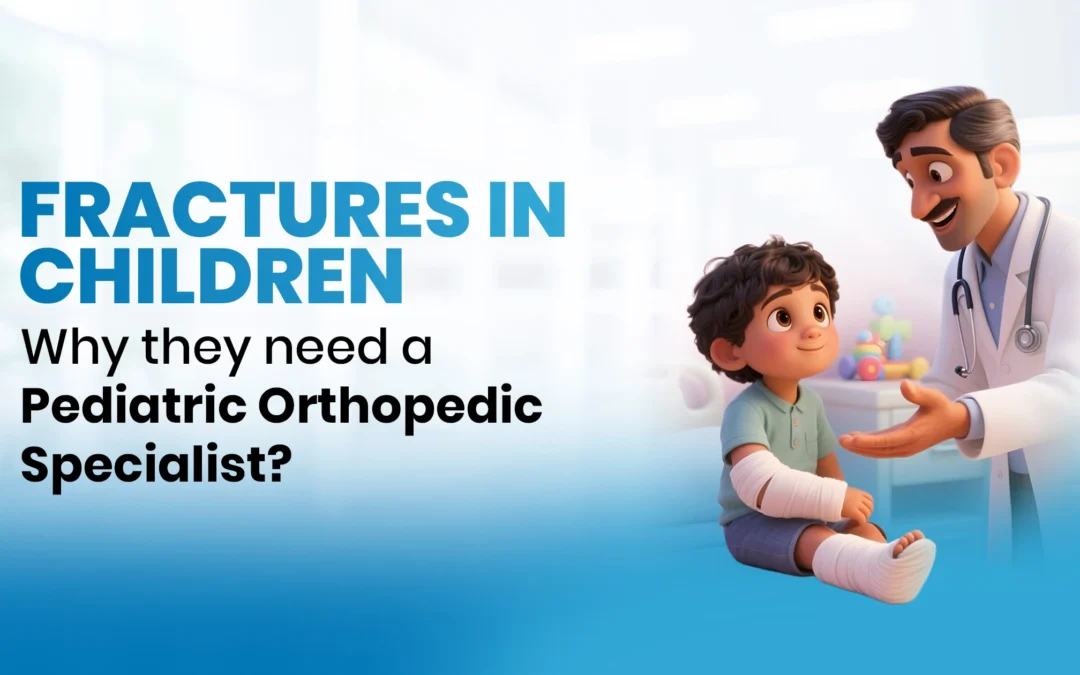A child’s bones are still growing, developing, and healing, which makes fractures in children a completely different medical concern than adult fractures. While many parents assume that a broken bone is a simple fix, the truth is that children require specialized care that only a pediatric orthopedic surgeon can provide.
In this blog, we’ll explore why fractures in kids need a different approach, what mistakes to avoid, and how a specialist like Dr. Vishal Chandak, a leading Pediatric Orthopedic Surgeon in Aurangabad, ensures complete recovery and long-term bone health.
Why Pediatric Fractures Are Different from Adult Fractures
Children’s bones are:
- Softer and more flexible, making greenstick fractures more common.
- Actively growing at growth plates, which can be damaged if not treated precisely.
- Prone to remodeling – which can be good or bad depending on how well the fracture heals.
Because of these differences, improper or delayed treatment can lead to:
- Limb length discrepancies
- Angular deformities
- Long-term mobility issues
That’s why specialized pediatric fracture treatment is crucial.

Common Causes of Fractures in Children
While kids are naturally active, some common causes of fractures include:
- Falls from heights (bed, stairs, playground)
- Sports injuries
- Bicycle or vehicle accidents
- Domestic mishaps (slipping on wet floors, etc.)
- The most commonly affected areas are the wrist, elbow, forearm, and shoulder.

Signs Your Child May Have a Fracture
Not all fractures are obvious. Watch out for:
- Swelling and bruising around a limb or joint
- Inability to move the limb
- Pain when pressure is applied
- Visible deformity or bend
- Child avoiding use of the affected limb
If any of these are present, consult a pediatric orthopedic doctor immediately.

